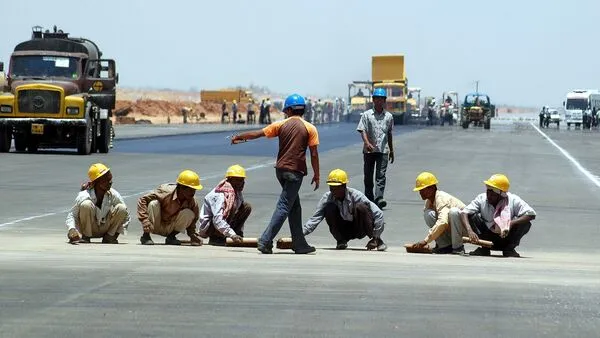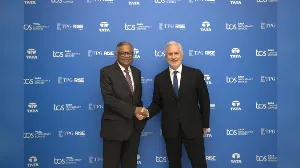India's New Labour Codes Enhance Worker Protections and Benefits

India's newly introduced labour codes took effect on 21 November 2025, consolidating 29 previous labour laws into a modern regulatory framework aimed at enhancing worker rights and welfare. The four codes—namely, the Code on Wages (2019), the Industrial Relations Code (2020), the Code on Social Security (2020), and the Occupational Safety, Health and Working Conditions Code (2020)—are designed to standardise regulations and improve compliance for employers.
The reforms are seen as a significant step towards modernising India's labour laws, which had largely remained unchanged since the pre-Independence era. Prime Minister Narendra Modi described these changes as the most comprehensive reforms since India's independence, emphasising their potential to uplift the dignity and rights of workers in both formal and informal sectors.
Union Labour Minister Mansukh Mandaviya highlighted several key provisions of the new codes during their rollout. These include:
Minimum Wage Guarantee: All workers will receive statutory minimum wages, ensuring financial stability and reducing work-related stress.
Appointment Letters: Mandatory appointment letters will provide workers with written proof of employment, enhancing job security.
Equal Pay for Women: The codes enforce equal pay for equal work, prohibiting gender discrimination for the first time in Indian law.
Social Security for Gig Workers: A significant inclusion is the provision for social security coverage for gig and platform workers, with aggregators required to contribute a portion of their turnover to support these workers.
Health Benefits: Workers aged over 40 years are entitled to free annual health check-ups, promoting preventive healthcare.
Overtime Compensation: Employees will receive double wages for overtime work, ensuring fair compensation for additional hours.
Safety Regulations: Stricter safety norms will be enforced, particularly in hazardous sectors, alongside the establishment of mandatory safety committees in larger workplaces.
The government anticipates that these new codes will significantly enhance the working conditions across various sectors, benefiting approximately 400 million workers in India. The reforms are expected to formalise employment, reduce exploitation, and provide robust social security measures.
Impact on Different Worker Categories Fixed-Term Employees (FTE): They will now enjoy benefits equivalent to permanent workers, including gratuity eligibility after just one year of employment, a substantial reduction from the previous five-year requirement.
Contract Workers: The principal employers are now mandated to extend health and social security benefits to contract workers, ensuring they receive fair treatment and support.
Youth Workers: Minimum wage guarantees and mandatory appointment letters will protect young workers from exploitation, helping to foster a more secure employment environment.
Women Workers: Legal prohibitions against gender-based discrimination and provisions for night shifts will open more opportunities for women in various sectors, including those traditionally dominated by men.
MSME Workers: All workers in Micro, Small, and Medium Enterprises (MSMEs) will now have access to social security benefits, canteens, and timely wage payments, enhancing their overall working conditions.
These reforms represent a landmark shift in India’s approach to labour rights, aiming to create a more inclusive and equitable workforce. As the laws are implemented, the government has committed to monitoring their impact and making necessary adjustments to ensure that the intended benefits reach all workers effectively.

Nitish Kumar Sworn In as Bihar Chief Minister for Tenth Term

Narendra Modi to Attend G20 Summit in South Africa on Key Issues

Tata Consultancy Services and TPG Establish AI Data Centre Venture

India's Core Industries Growth Remains Flat in October 2025





